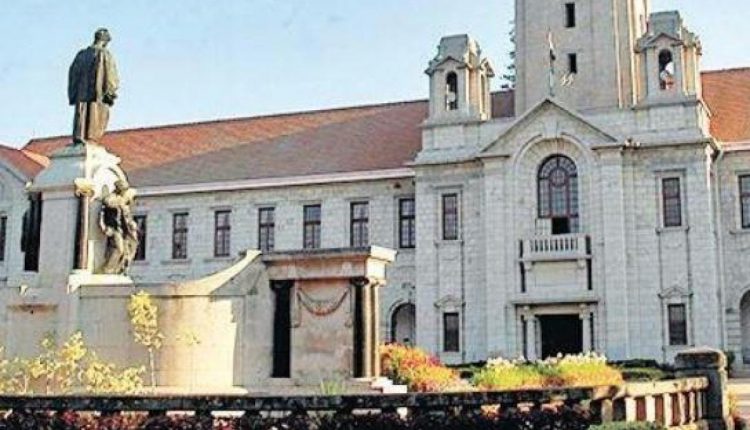Scientists At IISc Discover Two Species Of Few-Electron Bubbles In Superfluid Helium
Bengaluru: The Indian Institute of Science (IISc) researchers have experimentally shown the presence of two species of few-electron bubbles (FEBs) in superfluid helium for the first time.
These FEBs can serve as a useful model to study how the energy states of electrons and interactions between them in a material influence its properties, Bengaluru-based IISc was quoted as saying in a statement by news agency PTI.
The team comprising a former PhD student at the Department of Physics, Neha Yadav, Associate Professor at the Centre for Nano Science and Engineering (CeNSE), Prosenjit Sen, and Professor at CeNSE, Ambarish Ghosh.
‘Science Advances’ journal published the study. An electron injected into a superfluid form of helium creates a single electron bubble (SEB), a cavity that is free of helium atoms and contains only the electron.
The bubble’s shape depends on the electron’s energy state. For example, the bubble is spherical when the electron is in the ground state (1S).
“We have now experimentally observed FEBs for the first time and understood how they are created,” Yadav said. “These are nice new objects with great implications if we can create and trap them,” she added.
Yadav and colleagues were studying the MEBs’ stability at nanometre sizes when they serendipitously observed FEBs. Initially, they were both elated and sceptical at the same time. “It took a large number of experiments before we became sure that these objects were indeed FEBs. Then it was certainly a tremendously exciting moment,” Ghosh was quoted as saying by the news agency.
ALSO READ: IBM, IISc Join Hands To Launch Hybrid Cloud Lab


Comments are closed.